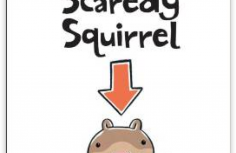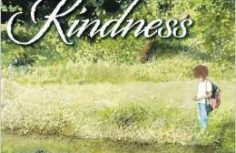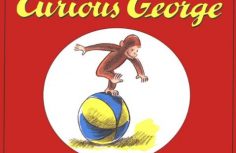ABOUT THIS BOOK: HANK FINDS AN EGG
by Rebecca Dudley
Through the handmade characters posed in forest dioramas, Ms. Dudley has created a miniature world that makes you forget that this story is crafted with paper, clay, wire, fabric, and a camera. Hank’s goodness and the breathtaking settings suggest a story that your child will want to create again and again. Each time you enjoy this book, you can stress different themes, such as: the power of kindness to others, friendship, and the importance of persistence.
There might be times that you go through the photographs just looking at all of the details that Ms. Dudley has created. For example, note the different forest plants and leaves that she made by hand. Small changes in Hank’s poses add so much to the interpretation of the story and the building of Hank into a character with recognizable personality traits. Because of the intricate details, this book is best enjoyed one-on-one or with a small group of younger readers since they may be able to relate to being too small to accomplish a task as Hank is.
Rebecca Dudley grew up near woods, hills, and streams. Her parents are very artistic and inventive people. Ms. Dudley thrived in that environment. The Amazon review shares: “In seventh grade she made an excellent model of the Parthenon out of file folders.
Everyone thought her parents made it, but she made it by herself on the dining room table.” Many of the reviews that I read spoke of the hours that she spent sewing Hank, constructing and staging each of the steps in the story. Ms. Dudley selected the final fifty-nine photographs from over 22,000 photos that she took to capture the perfect lighting to set the proper mood.
Some reviews indicate that Hank is a bear. Some, such as a review in the New York Times, think Hank is a monkey. Rebecca Dudley says,” He is neither. The great thing about working with an animal of no particular species is that I don’t have to make Hank behave like a monkey or a bear.”
Since, this is a wordless story, I chose Using Graphic Organizers as the Reading Comprehension Best Practice to accompany this story. You’ll find a graphic organizer in the THIRD READING: ACTIVITY OPTIONS to use to create your own storyline.
Read more...




